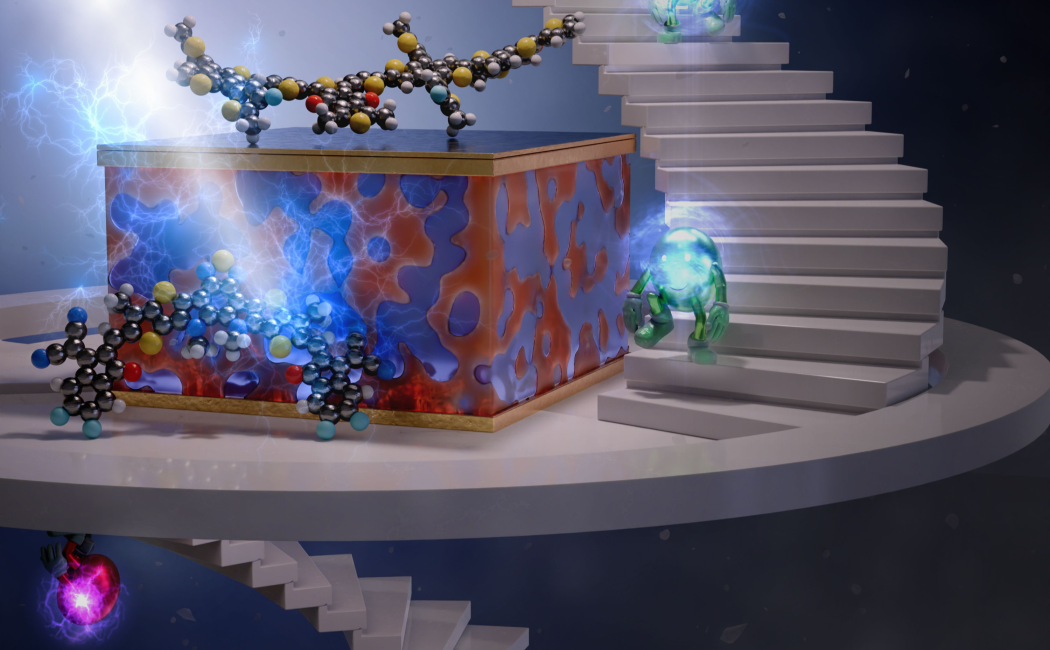Precisely determining the energy levels of different solar materials leads to high performance devices.
An electronic mismatch in the pairs of materials used to make organic solar cells can enhance cell operation, KAUST researchers have shown. The surprise finding — made following a comprehensive reanalysis of state-of-the-art organic solar materials — should enable researchers to predict new organic formulations with strong solar cell performance.
The light-capturing layer of organic solar cells is typically comprised of a two-component mixture called a donor–acceptor blend. In sunlight, the incoming energy can excite electrons to jump between different energy levels in the blend, suggesting that the energy level alignment between the donor and the acceptor component should be key to device performance. However, different research groups have used different methods to measure energy levels and have produced contradictory results on the effect of energy level alignment.
“We wanted to understand the origin of this contradictory understanding,” says Anirudh Sharma, a postdoc in Derya Baran’s lab, who led the work. “This motivated us to study the energy levels of organic solar cell materials using different methods to establish meaningful material–property relationships,” he says.
Read more at KAUST Discovery.
